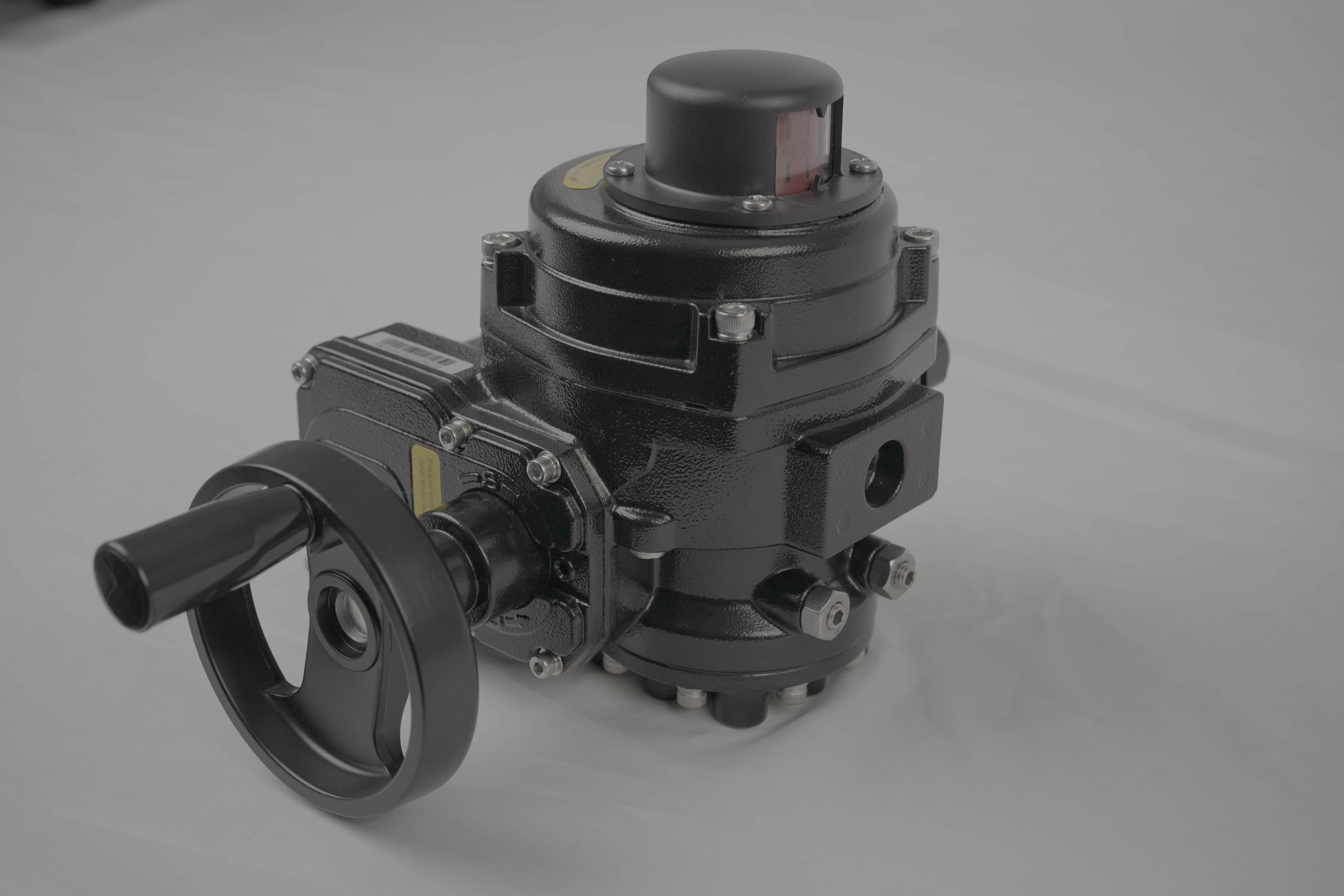understanding the wcb lithium battery valve: an essential component for battery safety
Release time:2024-12-12 17:49:41
As the world increasingly relies on lithium-ion batteries for energy storage and power supply, safety and reliability have become paramount concerns in battery technology. Among the many components that contribute to the safe operation of these batteries, the WCB (Water-Cooled Battery) Lithium Battery Valve plays a crucial role. This article explores the function, importance, and features of the WCB Lithium Battery Valve, shedding light on why it is a critical element in modern battery systems.

The Function of the WCB Lithium Battery Valve The primary function of the WCB Lithium Battery Valve is to maintain optimal pressure within lithium-ion battery cells. During the charging and discharging processes, chemical reactions occur within the battery that generate gases. If these gases accumulate, they can lead to increased pressure, which may cause the battery to swell, leak, or even rupture. The WCB valve acts as a safety mechanism, allowing excess gases to escape while preventing external air and moisture from entering the battery cells.
The WCB valve operates through a carefully designed mechanism that opens at predetermined pressure levels. When the internal pressure exceeds a specific threshold, the valve opens to release gases, thereby stabilizing the pressure within the battery. Once the pressure normalizes, the valve closes, ensuring that the battery remains sealed from external contaminants.

